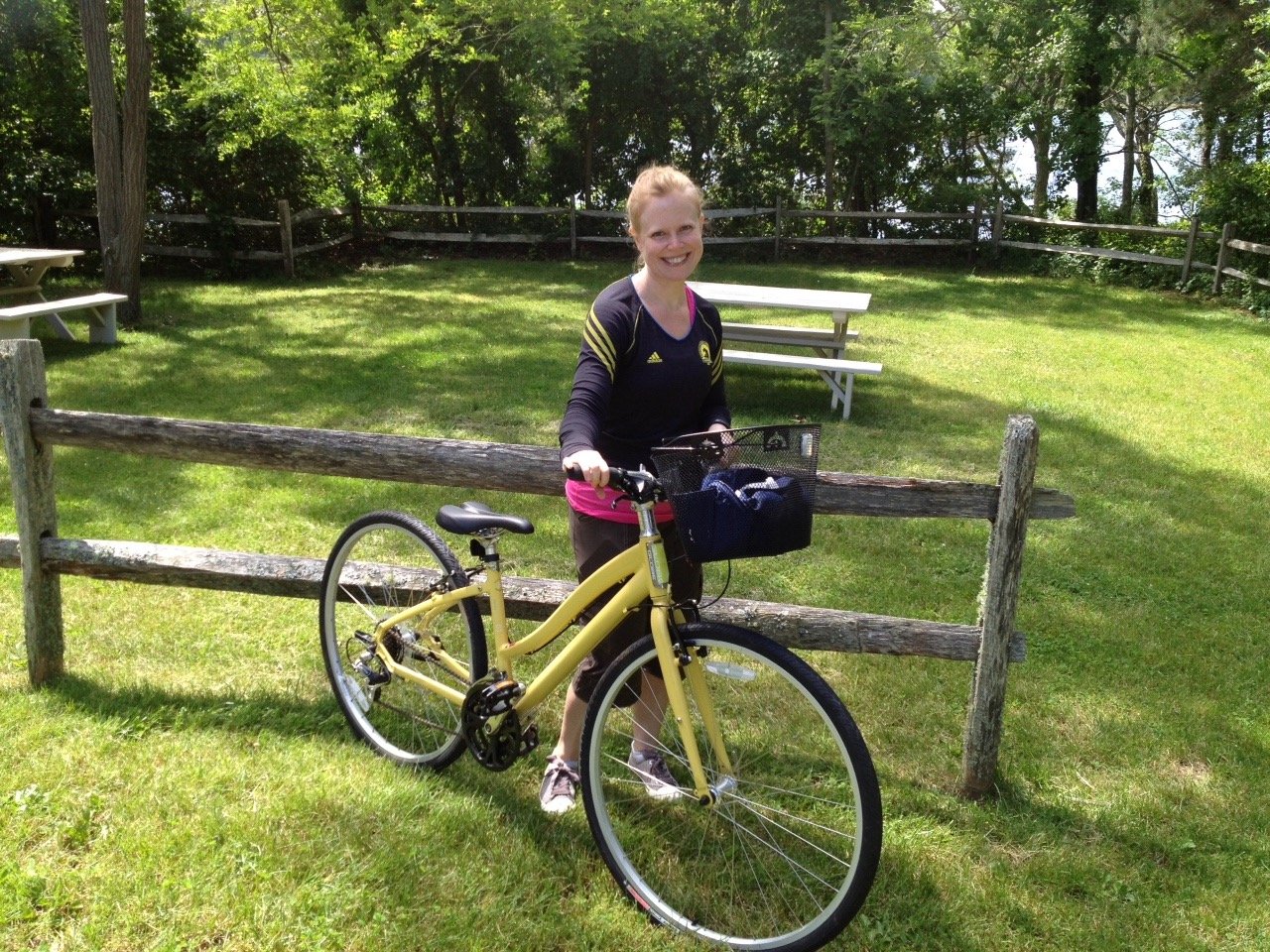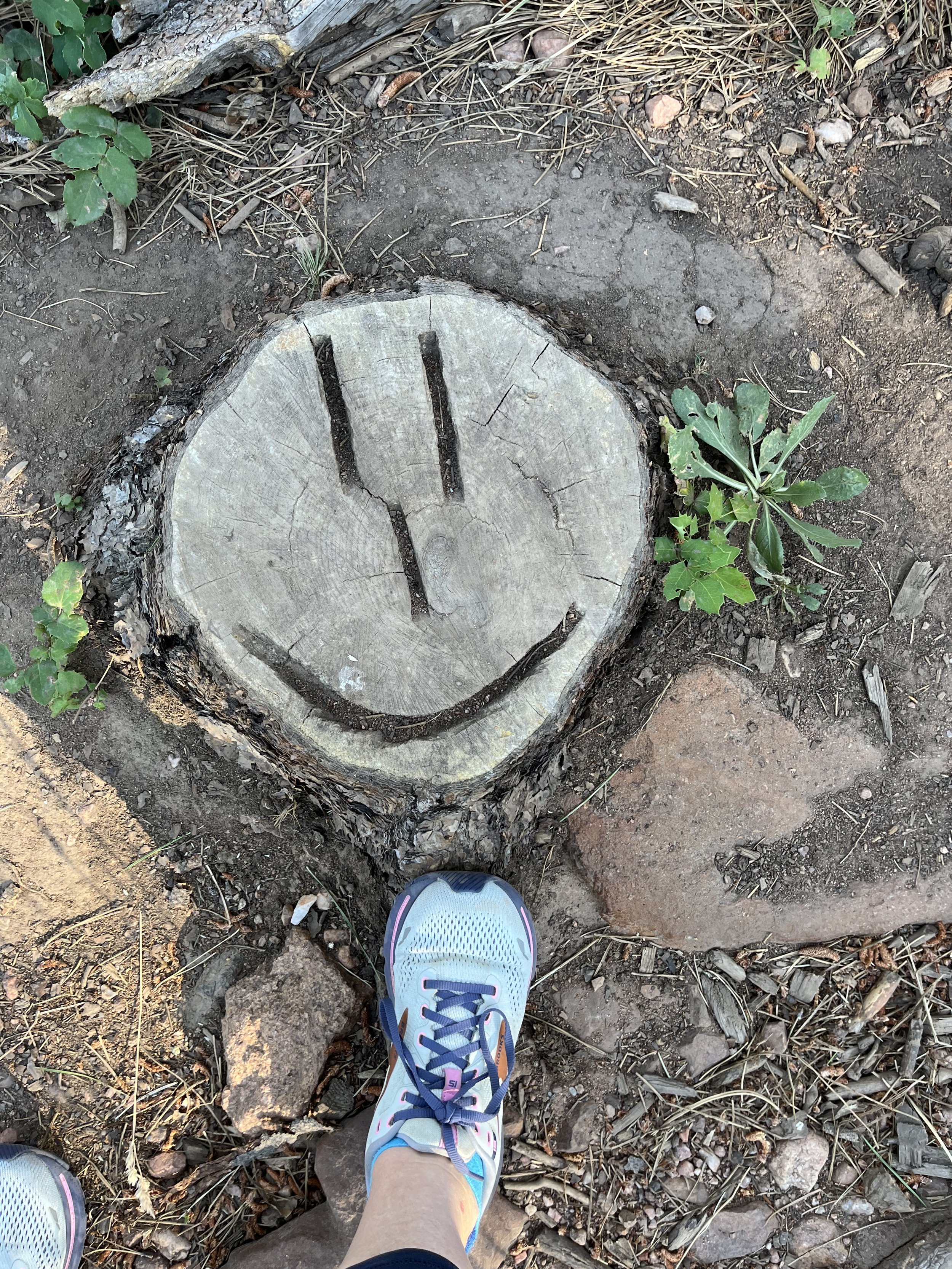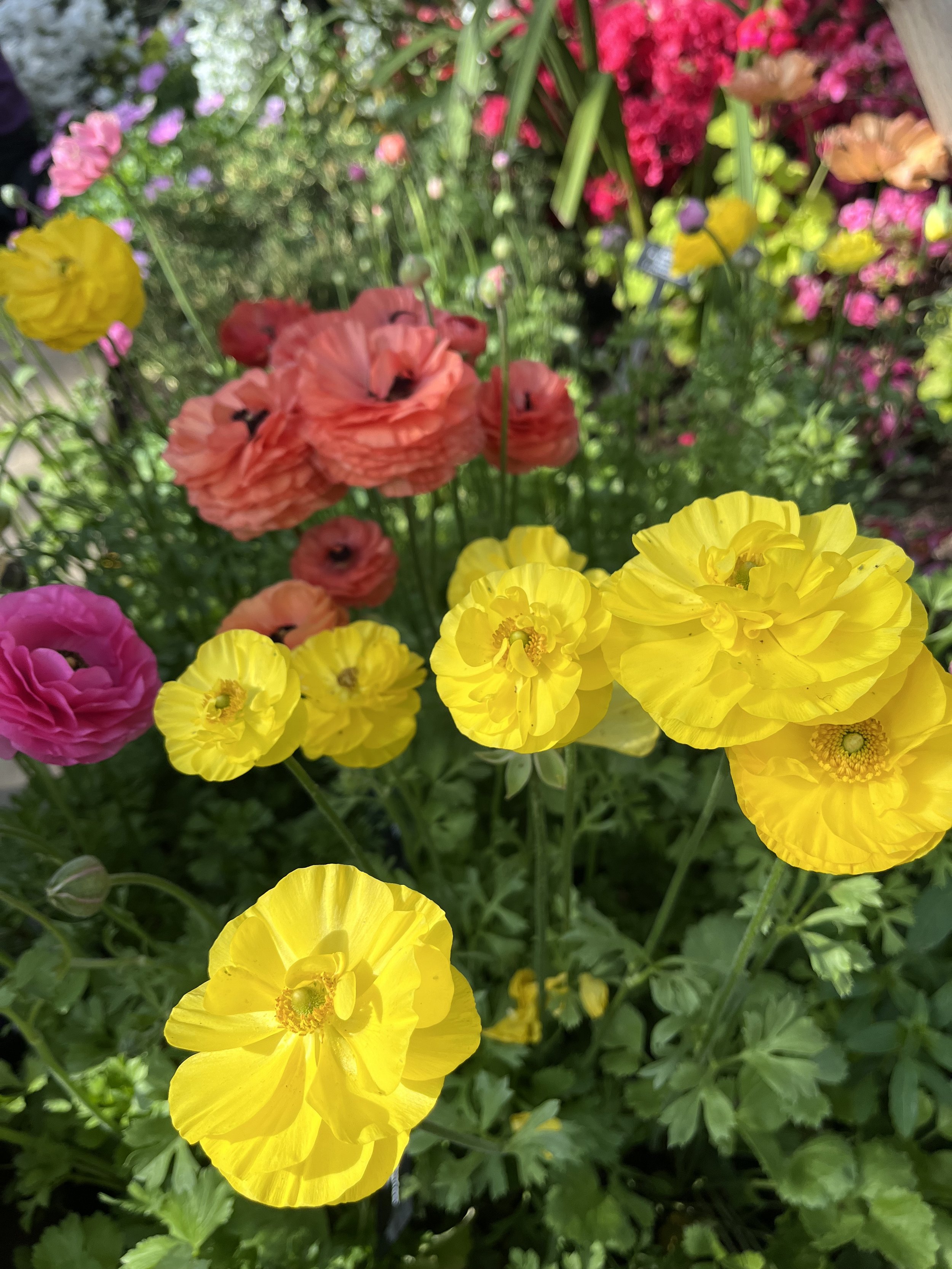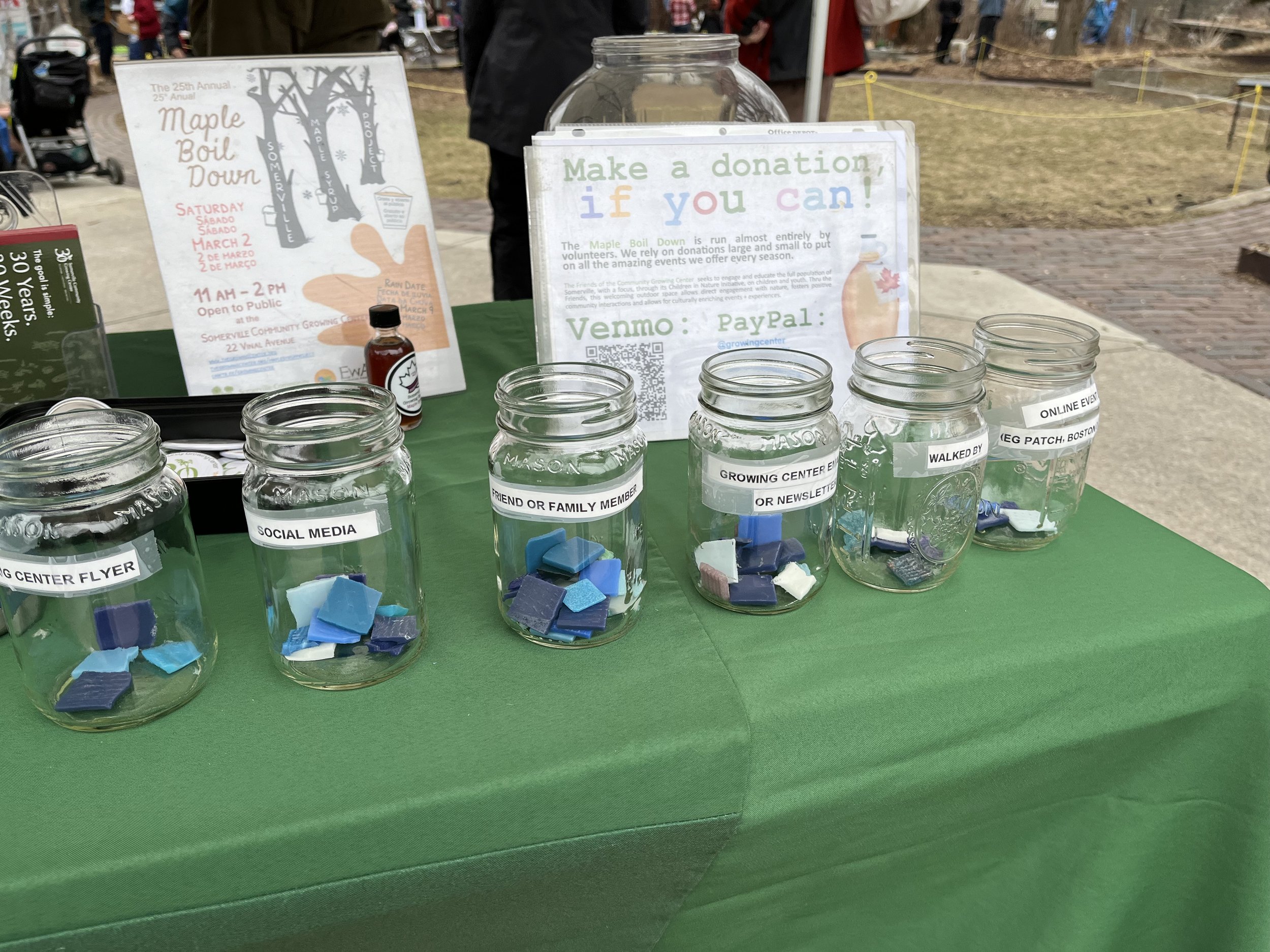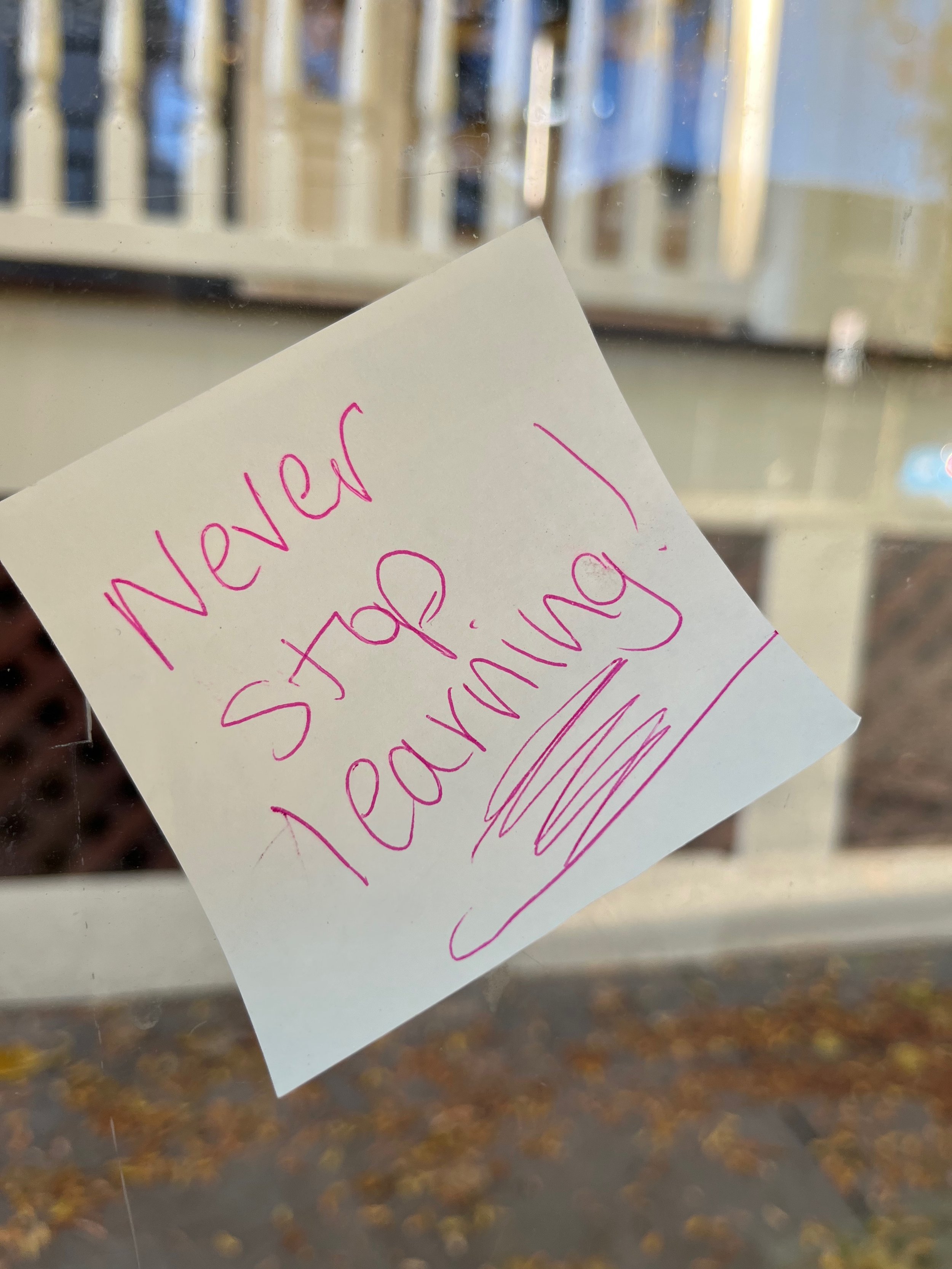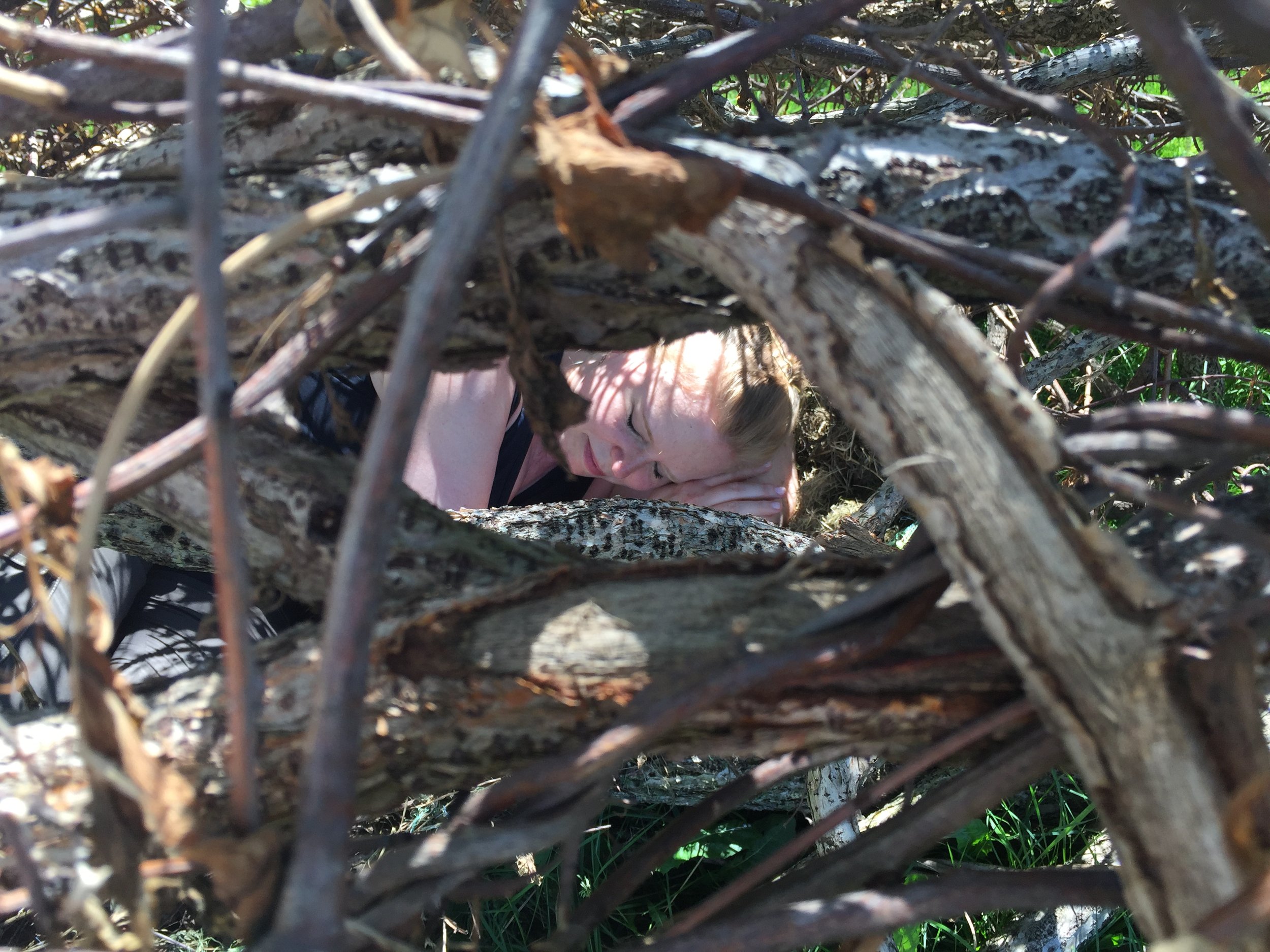I’m sharing this in case you are feeling anxiety about something you are designing or writing and especially if you are feeling things around preparing an AmeriCorps grant application.
Feelings of anxiety and imposter syndrome can creep in even when you are an expert with decades of experience. Here’s an example of my own, and some things that sometimes help me.
For years, I’ve helped AmeriCorps programs turn their interests and ideas into designs for evaluation studies and helped them write, edit, and revise evaluation plans using the AmeriCorps template. I’ve coached programs in multiple states through this process, led trainings, and cheered them on. (Not to mention that I’ve been a professional researcher and evaluator for decades, and I’ve designed big and small studies as an internal evaluator, external evaluator, and developmental psychologist). Programs tell me that I demystify the process, help people who are not evaluators feel like they can succeed, and that I’m a calming presence. So, you would think, if anyone would design and write an evaluation plan easily and breezily, it would be me.
Well, guess what? In the past week, I’ve been flooded with anxiety as I’ve been drafting and finalizing an AmeriCorps evaluation plan for a client. Why? Well, lots of triggers outside the writing didn’t help—concerns about the fires in LA, natural disasters, climate change, and people I care about; getting sick and having that throw me off my sleep schedule; getting less exercise than usual because of being sick and plantar fasciitis; and having lots of other work and deadlines and people counting on me. In the end, I pushed through and wrote a solid plan.
What coping strategies do I use when these feelings creep in?
Sleep—I’m back on my consistent wake up time and other rules “e.g., no phone screen between 9:30 pm-7:30 am” to reduce doom scrolling and improve my sleep. I want to rebel, but I boss myself like I’m a teenage night owl.
Meditate—I try to take 5 minutes in the morning, appreciate the beauty of the moon’s last bit of brightness and the pink sunrise, and breathe.
Structure the task into designated, clear, and sometimes short times to work on it.
Tomato timer/Pomodoro method—this helps organize effort into short timed spurts and breaks.
Designate a block of 1-3 hours in my calendar to work on the task and protect it from meetings.
Set a timer and try to be speedy! Sometimes I’ll give myself 1-2 hours to finish a first draft of a section or document. When the time is up, the time is up! Am I contestant on Top Chef or Project Runway or what?!
Do it first thing—I’m not always great about this, but I do find that if I work on my hardest thing (aka the Toad) in the morning, it is much easier than waiting until later. Procrastination is a manifestation of anxiety and the longer I wait, the more anxiety builds.
Plan rewards after bursts of work on the hard task—lunch or a snack break with a friend, a show to watch, a walk or trip to the gym.
Use a mantra—“It does not have to be perfect, it just has to exist.” I heard a film producer say this in an interview, and sometimes I put a sticky note with it on my desk to remind me.
Challenge irrational negative thoughts and say kind things to myself—when an anxious thought tries to tell me, “I don’t know what I’m doing, I’m an imposter,” I counter it with true statements about myself and write them down (e.g., “I have lots of good ideas. I’m anxious because I care. I’m a good writer. I know how to do this. I love my work. I’m thankful for having steady work with excellent people.”). I sometimes revisit old recommendation letters or other evidence that I do great work to cheer myself on. I remind myself of past similar feelings/projects and how well they worked out in the end. I acknowledge how I’ve gotten so much better than my young perfectionistic self, who would pull all-nighters (ugh). I try to talk to myself as I would to a good friend.
Writing out how I feel—I’ll set a timer for 5 or 10 minutes and just type or write down all my worries and negative thoughts to get them out of my brain.
Tell a friend or therapist—sometimes just expressing the anxious feeling makes me feel better, and of course, a good therapist can offer helpful strategies.
Get curious—sometimes I take a mindfulness moment and notice how I’m feeling—where the anxiety is in my body (hello, right shoulder). This week, I noticed that it’s a blessing to walk in the shoes of the programs I serve who write these plans—I felt renewed empathy and maybe that will help me be a better coach.
Do a little dance, listen to some tunes—take a dance break or play music I can work to that brings me joy.
Body doubling—working in the presence of a friend or others who are also focused and working. When I wrote my dissertation, I found it helpful to be in a library or café where others were working too. It helped me focus and feel supportive, generative energy. These days, I still sometimes work in a café or meet up with a friend, and I feel extra fortunate to have friends, colleagues, and benevolent strangers at my beautiful co-working space.
Believe in the deadline—sometimes, at the end of the day, the deadline will win. By this I mean that I’m never going to miss the deadline, and at the end of the day, it will force action. I’ll make something that is not perfect, but it will exist.
These tips don’t address other structural issues that contribute to stress, anxiety, marginalization, and disparities in resources. I acknowledge my privilege, resources, and safety. I tell others that we should never feel imposter syndrome when we look at the new administration’s cabinet picks, and yet….
Pulling from this toolkit helps me a lot. I hope these ideas are useful, and maybe it helps to hear that even calm “experts” get anxious too.



